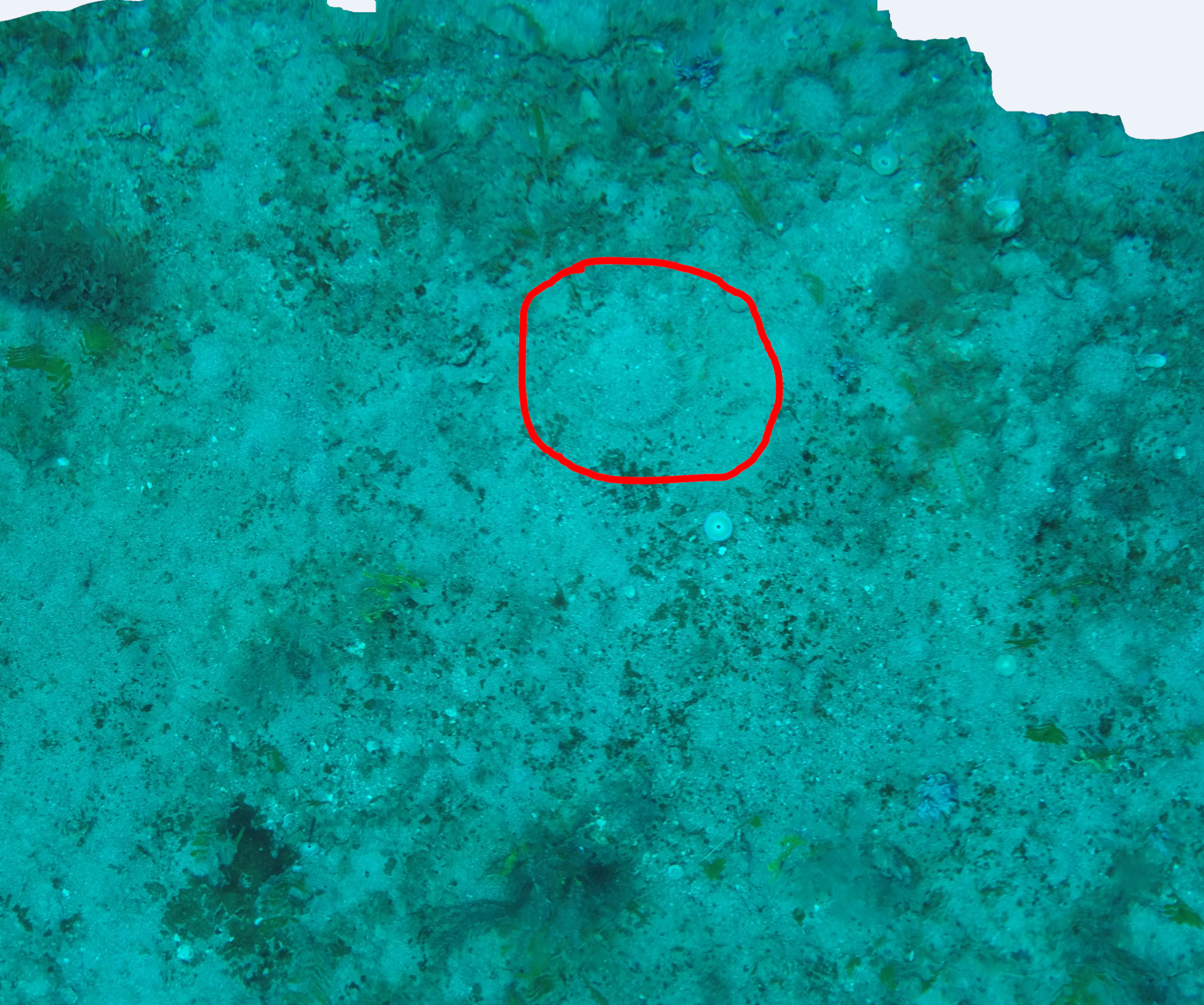|
|
Subtidal scallop bedsShort descriptionSubtidal saucer scallop beds, generally occurring on unconsolidated substrates. Disclaimer: Ecosystem type descriptions are based on biophysical attributes identified in Central Queensland through expert advice and supported by scientific literature. Not all ecosystem types are mapped based on current inventory, and many of the ecosystems described here may also occur in other parts of Queensland.
Classification categoriesSelect from the links below to view related ecosystem type categories Long descriptionSubtidal saucer scallop (Ylistrum balloti) beds, generally occurring on unconsolidated substrates, in water from 20 to 60 metres. Scallops (known as saucer scallops) are bivalve molluscs which sit on the sea floor, partially covered with sediment, forming relatively high densities at times. They are filter feeders which extract their food directly from the water, mainly microscopic plankton. Fluctuations in the abundance of scallops off the Queensland coast are thought to be associated with the Capricorn Eddy, which drives the frequency and strength of upwellings of cold nutrient rich bottom water onto the continental shelf[5][2]. Scallops live up to four years, and are not caught by the fishery until their second year, and are mature at 18 months. They spawn between April and October[3][4]. Special valuesA major commercial fishery extending from Hervey Bay to north of Yeppoon. The Queensland Department of Primary Industries regulates this fishery and undertakes quantitative assessments of the stock (see Additional Information). Diagnostic attributesInundation 'Subtidal' Structural macrobiota 'Molluscs – scallops' QualifiersNaturalness, Period and Trend qualifiers are all relevant. Scallop commercial catch rates vary with lunar phase, location, season and annually. The biomass of the scallops is also thought to be affected by chlorophyll-a levels and sea surface temperatures[5] (Wang 2018 pers. comm.). DistributionSaucer scallops are found all around northern Australia, from central New South Wales northward and westward to south western Western Australia[1]. In Queensland, the fishery is in the Great Barrier Reef lagoon from Mackay southward, and offshore from Fraser Island southward to the Sunshine Coast along the continental shelf. There are also several scallop fisheries in different locations along the coast of Western Australia. The following relates to distribution of this ecosystem type within the Central Queensland mapping area:
CommentsRelevant attributes include Sediment texture, Benthic depth and Morphology. The Fisheries Research and Development Corporation have funded two projects (FRDC2017-057, FRDC2017-048) to understand the status and distribution of scallops in Queensland. Research contributed as part of the FRDC 2018-048 project found a correlation between scallop abundance and a percentage of mud in the sediment. The project used multi-beam sonar backscatter and field data to identify low relief dune-like Morphology (of compact shelly muddy sand) in depths of 29 to 35 metres, with the scallops mostly in the (low backscatter) swales with the finer sediment. A remote operated vehicle captured sea floor images, and benthic ecosystems are being analysed by Fathom Pacific. Other relevant attributes are associated with the water column including Water temperature, Energy source (e.g. upwellings, currents) and Energy magnitude. References
Last updated: 19 July 2019 This page should be cited as: Department of Environment, Science and Innovation, Queensland (2019) Subtidal scallop beds, WetlandInfo website, accessed 8 May 2025. Available at: https://wetlandinfo.des.qld.gov.au/wetlands/ecology/aquatic-ecosystems-natural/estuarine-marine/descriptions/63/ |

 — Department of the Environment, Tourism, Science and Innovation
— Department of the Environment, Tourism, Science and Innovation


